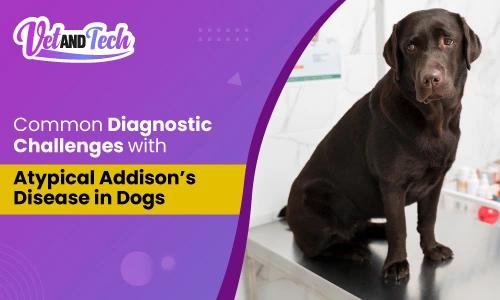5 Spring and Summer Pet Travel Tips for Veterinary Professionals
By Dr. Nelva J. Bryant, DVM, The Pet Travel Expert
As pet travel increases during the warmer months, veterinary teams are essential in safeguarding the health, safety, and welfare of traveling animals.
By proactively guiding pet owners through proper preparation, USDA-accredited veterinarians help ensure pets travel legally, comfortably, and without unnecessary risks during the busy spring and summer seasons.
Tip #1: Encourage Early Travel Consultations
- Advise clients to schedule a travel consultation at least six months before their anticipated departure date, particularly for international travel.
- Use consultation as an opportunity to thoroughly review the pet’s medical history, assess their overall fitness for travel, and identify any red flag such as age-related vulnerabilities, chronic health conditions, or breed-specific concerns that could impact travel safety.
- Emphasize that early planning can prevent last-minute emergencies and ensure all veterinary, regulatory, and airline requirements are met well ahead of time.
Tip #2: Educate Clients About Health Certificates
- Clearly explain the difference between a domestic health certificate (HC) and an international health certificate (IHC) to ensure clients understand the specific documentation their travel plans require.
- Reinforce that the HC or IHC does not certify overall health — it certifies that, at the time of examination, the pet shows no evidence of contagious or communicable disease.
- HC is used domestically and is focused on compliance with the destination state’s pet entry requirements.
- IHC is required for international travel and must show compliance with the destination country’s pet entry requirements — including testing, vaccinations, microchipping, and official endorsement.
- Provide clients with reliable resources, such as printed handouts or direct links to USDA/APHIS Pet Travel guidance and CDC Animal Importation regulations, to help them navigate both outbound and return-entry requirements.
Earn 1 Free CE Credit: Register to watch recorded webinar session!
Presented by Pet Travel Expert “Nelva J. Bryant” — Understand variations of pet travel requirements and how to prepare.
Tip #3: Advise on Crate Compliance
- Guide clients in selecting an IATA Live Animal Regulations (IATA-LAR) compliant crate, emphasizing that crate size must be determined by the pet’s height, length, and width—not by weight alone.
- Educating clients that non-compliant or undersized crates are a leading cause of airline rejections, posing risks not only to travel plans but also to the pet’s safety and welfare.
- Offer crate fitting assessments or measurements during travel consultations or wellness visits to ensure pets are matched with appropriately sized and structurally compliant crates well before the travel date.
Tip #4: Stress the Importance of Crate Acclimation
- Discuss crate acclimation timelines with clients, stressing that successful adjustment often requires several weeks to months of gradual training.
- Provide written guidance on positive crate training techniques, helping clients teach their pets to associate the crate with safety, comfort, and familiarity—never with punishment or fear.
- Encourage practice runs, such as short car rides with the pet secured inside the crate, to simulate the travel environment and minimize stress on the actual travel day.
Tip #5: Prepare Clients for Airline-Specific Rules
- Advise clients that airline pet travel policies vary significantly between carriers and are subject to seasonal changes based on weather conditions and operational considerations.
- Strongly recommend that clients verify in-cabin and cargo transport policies directly with their chosen airline before booking tickets, rather than assuming previous policies remain in effect.
- Remind clients that airlines may impose breed restrictions, weight limits, temperature embargoes, and may require advance reservations for pets, especially during peak travel seasons.

Final Reminder for Veterinary Teams:
- Document all travel-related conversations and recommendations in the patient’s medical record to ensure legal and professional protection.
- Stay informed about destination-specific entry requirements and regulatory changes, including updates from USDA APHIS, CDC, and international authorities.
- Partner with reputable pet travel services or consultants when needed to assist clients with complex travel arrangements, ensuring pets meet all health, legal, and logistical requirements.
By providing early education, thorough preparation, and meticulous documentation, veterinary teams play an essential role in ensuring that pets and their families experience safe, smooth, and successful travel adventures.
If you’d like to hear from more from Dr. Nelva Bryant, click here









